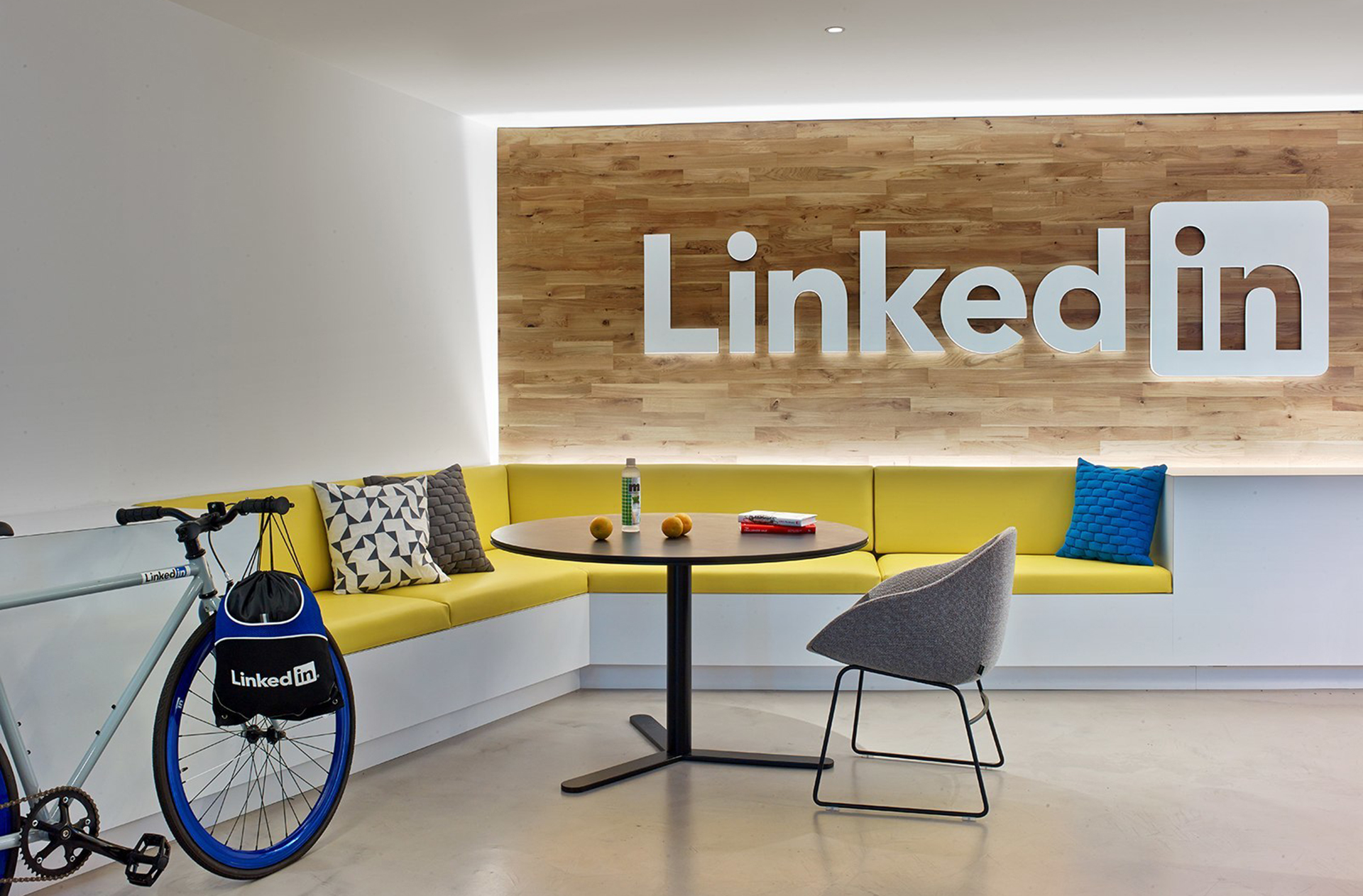[et_pb_section fb_built=”1″ _builder_version=”4.16″ global_colors_info=”{}”][et_pb_row _builder_version=”4.16″ background_size=”initial” background_position=”top_left” background_repeat=”repeat” global_colors_info=”{}”][et_pb_column type=”4_4″ _builder_version=”4.16″ custom_padding=”|||” global_colors_info=”{}” custom_padding__hover=”|||”][et_pb_text _builder_version=”4.16″ background_size=”initial” background_position=”top_left” background_repeat=”repeat” global_colors_info=”{}”]LinkedIn is a powerful tool for professional networking and business development. In this post, we will discuss how to use LinkedIn to connect with potential clients and partners, and explore the benefits and drawbacks of paying for a LinkedIn Premium account. Whether you’re a seasoned LinkedIn user or new to the platform, this post will provide valuable insights and tips for maximizing your success on LinkedIn.
Here is a brief outline of what this post covers:
- Identify the people you want to contact. This could include potential clients, business partners, or other individuals who could be relevant to your business or professional goals.
- Research their profiles and backgrounds to learn more about their interests and experiences. This will help you tailor your approach and make a more personalized connection.
- Use LinkedIn’s messaging feature to send a brief, professional message introducing yourself and explaining why you want to connect. Be clear and concise, and avoid using too much jargon or technical language.
- Follow up with a phone call or email if you don’t hear back within a reasonable amount of time. Be persistent, but also respectful of the other person’s time and preferences.
- If the person responds positively, continue the conversation and try to build a relationship. This could involve sharing information, offering advice, or discussing potential opportunities for collaboration.
Identifying the right people to contact on LinkedIn is an important step in achieving your business or professional goals. This could include potential clients who may be interested in your products or services, business partners who could help you grow your business, or other individuals who could provide valuable insights, advice, or opportunities. To identify these individuals, you can use LinkedIn’s search and filter tools to find people who match your criteria, such as location, industry, or job title. You can also ask for recommendations from your existing LinkedIn connections, or use other resources, such as trade publications or industry associations, to find potential contacts. Once you have identified the people you want to contact, you can move on to the next step, which is researching their backgrounds and interests to tailor your approach.

Once you have identified the people you want to contact on LinkedIn, the next step is to research their profiles and backgrounds to learn more about their interests and experiences. This will help you tailor your approach and make a more personalized connection. To research a person’s profile on LinkedIn, you can simply visit their profile page and review their information, such as their job title, location, education, and work experience. You can also read their summary or profile description to get a sense of their personality and interests. Additionally, you can view their connections, endorsements, and recommendations to see who they know and what others have said about them. By taking the time to research a person’s profile, you can gain valuable insights that will help you craft a more effective and personalized message when reaching out to them on LinkedIn.
Once you have researched the person’s profile and background on LinkedIn, the next step is to use LinkedIn’s messaging feature to send them a brief, professional message introducing yourself and explaining why you want to connect. When crafting your message, it’s important to be clear and concise, and to avoid using too much jargon or technical language. Instead, focus on expressing yourself in a way that is simple, direct, and easy to understand. For example, you might say something like, “Hi [Name], I came across your profile on LinkedIn and was impressed by your experience in [Industry]. I’m reaching out because I’m interested in learning more about your work and possibly collaborating on a project. Would you be open to a brief phone call or email exchange to discuss further?” By using LinkedIn’s messaging feature to send a personalized, professional message, you can increase the chances of getting a positive response from the person you’re trying to connect with.
If you don’t hear back from the person you’ve contacted on LinkedIn within a reasonable amount of time, it’s important to follow up with a phone call or email. This shows that you’re serious about making a connection and that you’re willing to invest the time and effort to pursue it. However, it’s also important to be respectful of the other person’s time and preferences. If they don’t respond to your initial message or if they indicate that they’re not interested in further communication, it’s best to respect their decision and move on. By being persistent but also respectful, you can increase the chances of making a successful connection on LinkedIn without coming across as aggressive or pushy.
If the person you’ve contacted on LinkedIn responds positively to your message, it’s important to continue the conversation and try to build a relationship. This could involve sharing information, offering advice, or discussing potential opportunities for collaboration. For example, you might ask the person if they’re interested in learning more about your business or if they have any advice or insights to share based on their experience in the industry. You can also discuss potential opportunities for collaboration, such as working on a joint project or joining forces on a venture. By continuing the conversation and building a relationship, you can lay the groundwork for a successful partnership or collaboration. It’s important to be patient and persistent, and to focus on building trust and rapport over time.
As for whether it’s worth it to pay for LinkedIn Premium, that depends on your specific needs and goals. LinkedIn Premium offers a number of additional features and benefits, such as access to advanced search filters and the ability to see who has viewed your profile. If these features would be useful to you, then paying for LinkedIn Premium could be worth it. However, if you don’t need these extra features, you may be able to achieve your goals without paying for a premium account. It’s up to you to decide what makes the most sense for your situation.
In conclusion, LinkedIn is an effective platform for reaching out to potential clients and partners. By following the steps outlined in this post, you can improve your chances of success on LinkedIn and build stronger connections with other professionals. Whether you choose to pay for LinkedIn Premium or not, the key is to be strategic, professional, and respectful in your approach. By doing so, you can leverage the power of LinkedIn to benefit your business and advance your career.
[/et_pb_text][/et_pb_column][/et_pb_row][/et_pb_section]


